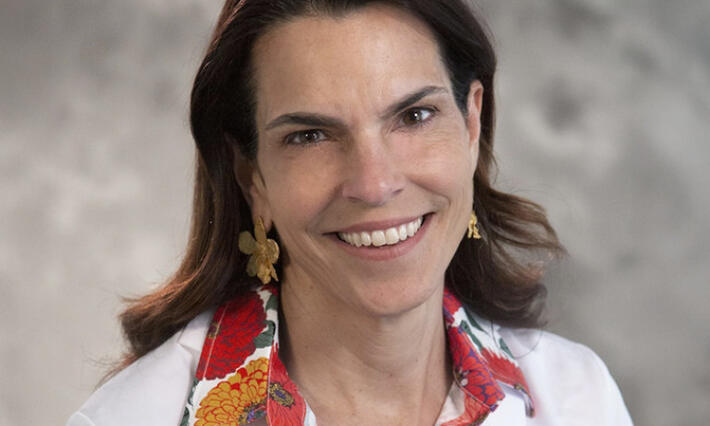Duke University and Leica Microsystems, Inc., have formally established a Leica Microsystems Center of Excellence at the Duke University Light Microscopy Core Facility/Duke Cancer Institute Light Microscopy Shared Resource.
The collaboration was made official at a signing ceremony on Wednesday, Feb. 19, between Lawrence Carin, Ph.D., Duke’s Vice President for Research, and Greg Eppink, Leica Microsystems Americas General Manager of Microscopy, followed by a ribbon-cutting.
The center supports a mission to drive new discoveries and insights from scientific research performed using three new Leica imaging systems — the stimulated emission depletion (STED) super-resolution microscope, the Deep in vivo Explorer (DIVE) multiphoton imaging microscope, and the Leica SP8 confocal. This technology allows researchers to capture images and digital movies of the cellular and molecular processes of life.
“A scientist’s insight is only as good as their tools,” said Carin. “We’re very pleased to have this microscopy center on campus to help our investigators see ever deeper into the mysteries of life.”







